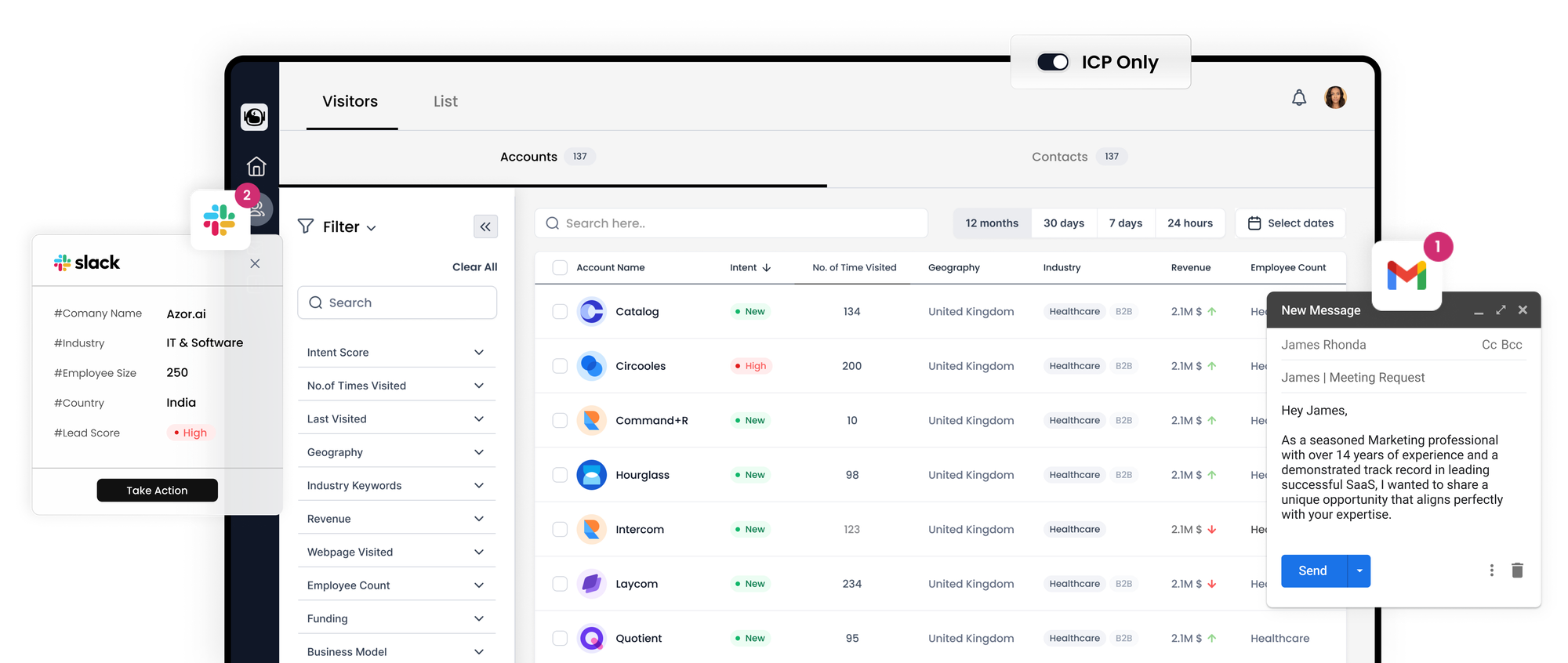Streamlining Your B2B Marketing Strategy through Automation

In today's enterprise landscape, fostering personalized and engaging communication with customers has become more critical than ever. Research reveals that a significant 68% of consumers are willing to pay a premium for products or services when businesses consistently prioritize delivering a superior customer experience. However, achieving this level of personalized engagement is no small feat; it demands considerable time, effort, and resources, often resulting in high costs.
This dilemma prompts sales and marketing departments to seek innovative methods to enhance customer engagement without simply expanding their workforce. The ideal solution lies in automating customer engagement processes to the fullest extent possible, all while maintaining a high degree of personalization and relevance. In essence, the goal is to automate marketing activities.
Marketing automation tools play a pivotal role in enabling sales representatives to engage with prospects in an automated yet personalized manner, thus simplifying the process of converting leads. Furthermore, automation facilitates the generation of demand across multiple locations and ensures that valuable leads are efficiently passed on to dealers, franchises, and remote sales teams.
Let's delve into the steps involved in fully automating your B2B marketing strategy, covering each stage comprehensively.

Key Takeaways
1. Identify the specific stage of your marketing or sales process that appears ripe for automation, taking a methodical, step-by-step approach.
2. Always maintain a laser focus on the customer – closely monitoring how they engage with your brand and respond to your messaging. Strive to personalize interactions to the greatest extent possible.
3. The selection of an appropriate automation tool or software is pivotal to the success of your automation efforts.
Determining Which Aspects of Your Marketing Strategy to Automate
The initial step in achieving full automation of your marketing strategy involves identifying the components that lend themselves to automation, offering long-term cost savings. While the scope of automation may vary depending on available tools, several areas are typically considered for automation when launching a campaign:
1. Lead Generation
Arguably the most crucial facet of your B2B marketing strategy, lead generation is essential to acquire customers, regardless of the methods employed. Whether through inbound or outbound marketing, your brand needs a system to gather leads that may eventually consider purchasing your product. Automation in this context entails automating top-of-the-funnel messaging, primarily through content dissemination. For instance, this may involve scheduling informative posts on social platforms, running time or action-based email drip campaigns, or utilizing chatbots to initiate conversations with website visitors.
2. Lead Nurturing
In the B2B realm, lead nurturing assumes particular significance due to the extended sales cycles that new customers typically undergo, spanning anywhere from one to six months or even longer. Given this prolonged duration, maintaining consistent and coherent messaging throughout the customer journey is imperative to inform and educate leads and prospects effectively.
3. Customer Engagement
Customer engagement often spans a lengthy period, necessitating continuous evaluation of the efficacy of your marketing efforts. A customer intelligence platform serves as a valuable tool to gain deeper insights into your audience's and prospects' responses to your messaging. This platform ensures that customers receive a consistent brand experience at both the corporate and dealer levels. Additionally, it provides the brand with full visibility into lead activities, even after they transition to local sales representatives. The integration of predictive analytics enables forecasting based on prospect decision-making processes, representing the pinnacle of customer intelligence.
Customer intelligence platforms facilitate the collection and analysis of vital data, including customers' purchasing patterns, interests, demographics, and technographic information. Some platforms seamlessly integrate with Customer Relationship Management (CRM) systems to prevent the duplication or inconsistency of data across various platforms.
Key Considerations for Automating Your B2B Marketing Strategy
Now that you have identified the segments of your strategy conducive to automation, the next step is to execute a fully automated campaign. How can you ensure that this automation process unfolds seamlessly? Here are some critical steps to streamline your approach:
1. Deliver Highly Personalized Content
Personalization is the linchpin of a successful automated campaign. To avoid common pitfalls, such as providing generic content at various funnel stages, leverage content and web personalization tools. These tools can automatically extract data from your CRM and employ AI to inject personalized messaging at every customer touchpoint. Furthermore, automated emails can be configured based on browsing behavior, engagement actions, onboarding activities, and usage milestones for individual leads or targets.
2. Maintain Consistency in Personalization
Inconsistencies or inaccuracies in personalization can erode the effectiveness of your automated marketing strategy. Ensure that all personalization relies on the data collected, both old and new. Consistency is crucial across various aspects, including branding, advertising, and messaging. Achieving consistency extends to digital platforms encompassing emails, influencer social media posts, PPC ad copy, landing pages, and blog posts.
3. Select Tools that Harmonize with Your Team
Not every consumer or lead is receptive to automated messages that lack a human touch. It's imperative to choose automation platforms that complement your team's workflow rather than impede it. Chatbots, for instance, bridge the gap between your brand and customers by offering centralized web-based support while maintaining consistent brand messaging. These chatbots streamline customer interactions and encourage desired actions.
Conclusion
Marketing automation presents a formidable opportunity to enhance productivity while reducing time and costs. However, it is crucial to select an automation platform that fosters coordination and alignment among sales, marketing, and customer support teams. This alignment ensures that leads and customers receive contextual and timely messages tailored to their needs, while your team allocates more time to meaningful conversations that drive conversion.
